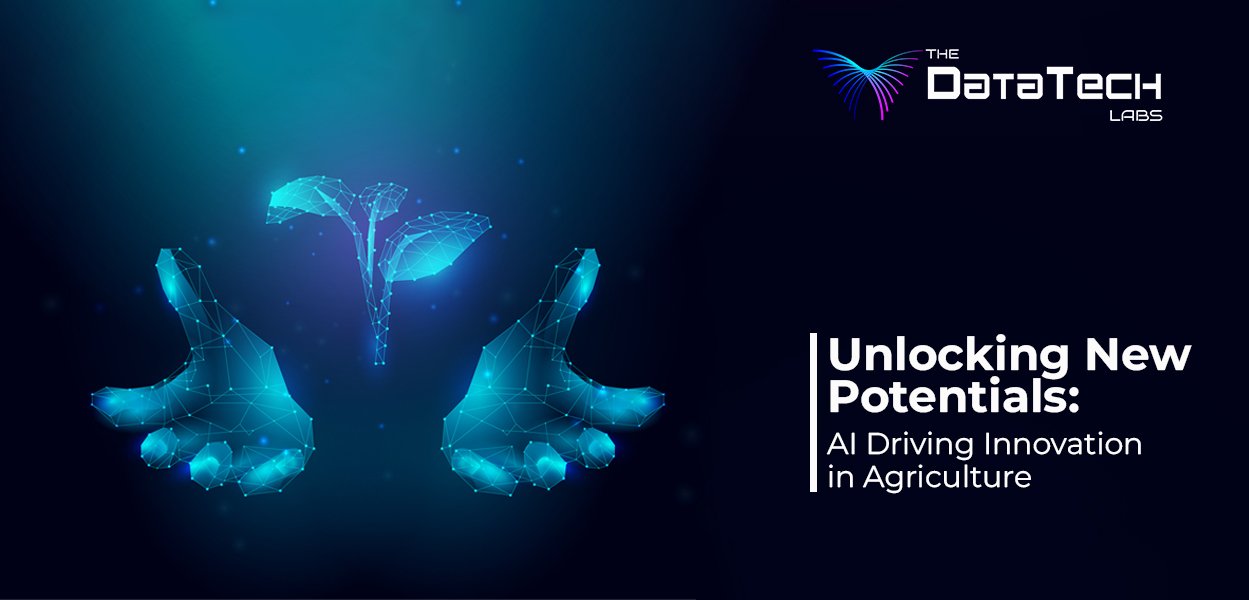Unlocking New Potentials: AI Driving Innovation in Agriculture
The implementation of Artificial Intelligence (AI) across various industries is nothing short of transformative. In agriculture, a sector often associated with traditional methods, AI is causing a major paradigm shift. Its adaptability and competitive edge are enabling farmers to optimize their yields, minimize resource consumption, and adapt to ever-changing environmental conditions.
AI, with its ability to learn from and act upon data, is becoming an indispensable tool for modern farming. It can analyze a vast array of data, such as weather patterns, soil conditions, and crop health, to make informed decisions, helping farmers increase their yield and reduce waste.
According to a report by Allied Market Research, the global AI in agriculture market size was valued at $1.1 billion in 2020 and is projected to reach $4 billion by 2027, growing at a Compound Annual Growth Rate (CAGR) of 20% from 2021 to 2027.
To illustrate AI’s impact on agriculture, let’s examine examples from the USA, India, and the Middle East and Africa (MEA) region.
In the USA, Blue River Technology, acquired by John Deere, has developed an AI-powered system called “See & Spray”. This system identifies weeds in real-time and sprays them with herbicide, thus minimizing the amount of herbicide used and protecting the crops.
In India, a country heavily dependent on agriculture, startups like CropIn are using AI to help farmers. CropIn uses AI to analyze satellite imagery and weather data to provide farmers with real-time insights into their fields, helping them optimize their crop growth and reduce losses.
In the MEA region, a Kenyan startup, UjuziKilimo, uses AI to analyze soil data. Farmers can send a text message with their location, and UjuziKilimo sends back real-time soil analysis and recommendations on what crops to plant and how to optimize yield.
AI’s adaptability is evident in these examples. Whether it’s identifying weeds in real-time, providing insights into soil health, or suggesting the best crops to plant, AI adapts to various situations and tasks, helping farmers navigate the complexities of modern farming.
AI also provides a competitive edge for farmers. The ability to analyze vast amounts of data and make informed decisions can significantly increase yield, reduce resource consumption, and improve overall farm efficiency.
However, the integration of AI in agriculture is not without challenges. These include the lack of digital infrastructure in many rural areas, the need for significant investment in AI technologies, and the need to train farmers in using these technologies. Despite these challenges, the potential benefits of AI in agriculture are immense.
Let’s delve deeper into the transformative impact of AI on agriculture in India.
Agriculture is the backbone of India’s economy, employing over 50% of the country’s workforce. However, Indian agriculture is facing numerous challenges, including unpredictable weather, water scarcity, and declining soil fertility. AI is emerging as a powerful tool to address these challenges.
CropIn: Bangalore-based agtech startup CropIn is using AI to provide smart farming solutions. They leverage AI and machine learning algorithms to analyze remote sensing data from satellites. This technology helps predict crop health and productivity, enabling farmers to make informed decisions about irrigation, pest control, and harvesting. According to CropIn, their solutions have been deployed across 5 million acres in over 50 countries, helping to increase crop yields by up to 25%.
Fasal: Another Indian startup, Fasal, uses AI and IoT technology to help farmers monitor and manage their farms more effectively. Their system collects data on weather conditions and crop health in real-time, using sensors installed in the fields. AI algorithms analyze this data to provide personalized recommendations to farmers on irrigation, fertilization, and pest control. Fasal claims to have helped farmers reduce water use by up to 50% and increase yield by up to 30%.
TartanSense: TartanSense builds small agricultural robots, equipped with AI capabilities, to assist small-scale farmers in India. Their first robot, BrijBot, is designed to help cotton farmers reduce their pesticide use. Using AI, BrijBot can identify and target weeds with precision, minimizing the amount of pesticide used and protecting the crops and soil. TartanSense estimates that BrijBot can help farmers reduce their pesticide use by up to 70%.
DeHaat: DeHaat is an AI-powered platform that connects small farmers with a network of suppliers and buyers. It uses AI to analyze data on crop yields, soil health, and market trends, helping farmers make informed decisions about what crops to plant, when to harvest, and where to sell their produce. DeHaat currently serves over 400,000 farmers across India, helping to increase their income by up to 20%.
These examples demonstrate the potential of AI in revolutionizing agriculture in India. By providing accurate, real-time insights and recommendations, AI is enabling Indian farmers to optimize their practices, improve crop yields, and adapt to changing environmental conditions. However, the adoption of AI in Indian agriculture also faces challenges, including the need for digital infrastructure, farmer education, and investment. Addressing these challenges will be crucial to unlocking the full potential of AI in Indian agriculture.
In conclusion, AI is revolutionizing agriculture, bringing adaptability and a competitive edge that were previously unimaginable. With AI, farmers can optimize their operations, adapt to changing conditions, and make data-driven decisions that increase their yield and reduce waste. As we continue to explore and harness the capabilities of AI, the future of agriculture looks promising, with AI driving innovation and growth.

Leave a Reply